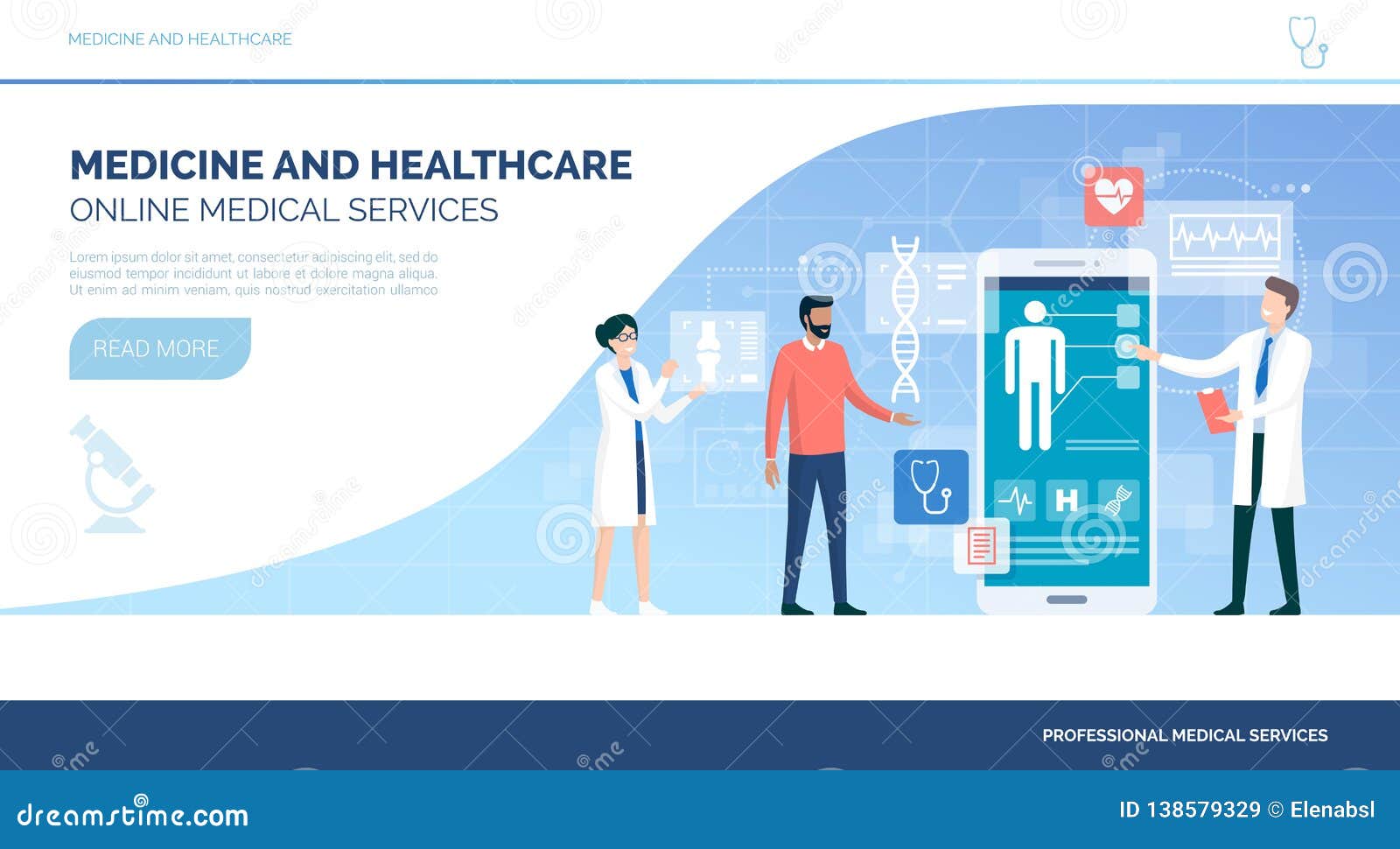Opening the Keys of Subscription Based Healthcare for Better Patient Outcomes
Opening the Keys of Subscription Based Healthcare for Better Patient Outcomes
Blog Article
Recognizing the Cost-Effectiveness of Subscription-Based Healthcare Versions
As the healthcare landscape evolves, subscription-based models emerge as a compelling alternative, promising to redefine exactly how people take care of clinical costs. Examining these designs' cost-effectiveness requires a nuanced contrast with typical insurance coverage, thinking about both monetary ramifications and client complete satisfaction.
Summary of Subscription-Based Models
Subscription-based healthcare versions, in some cases referred to as direct health care or attendant medicine, are increasingly acquiring attention as a possible solution to ineffectiveness within typical medical care systems. These designs operate the principle of offering patients straight accessibility to doctor through a yearly or monthly fee, bypassing the demand for conventional insurance devices. This setup aims to streamline patient-provider communications by minimizing administrative worries, which commonly hinder tailored and timely treatment.
At the core of subscription-based designs is the focus on a much more customized client experience. Patients profit from enhanced accessibility to their physicians, usually including next-day or same-day visits, extended examination times, and direct communication networks such as phone or video phone calls. This model promotes a proactive strategy to health care, where people and companies can collaboratively concentrate on preventative care and chronic illness management.

Price Comparison With Conventional Insurance Coverage

One of the key monetary advantages of subscription models is transparency in costs. Alternatively, typical insurance policy might be much more beneficial for individuals calling for specialized treatment or expensive therapies not covered under a membership model, as they profit from the wider protection network and cost-sharing mechanisms.
However, cost-effectiveness is context-dependent. While membership designs could use savings for those largely needing health care, people with chronic problems or specialized healthcare demands may locate conventional insurance a lot more comprehensive. Assessing details healthcare demands and potential usage is vital in determining the most economical alternative for individuals.
Effect On Person Complete Satisfaction
Individual satisfaction within subscription-based health care versions frequently shows a substantial improvement over conventional insurance coverage systems. This improvement is largely credited to the customized care and ease of access these designs supply. People frequently report higher complete satisfaction because of decreased wait times and the ease of scheduling consultations. Unlike typical systems, where people could experience hold-ups in obtaining treatment, subscription-based versions make certain even more timely and straight communications with healthcare suppliers.
Furthermore, the openness in prices associated with subscription-based health care reduces the common frustrations connected to unexpected costs and intricate billing processes seen in traditional insurance policy (subscription based healthcare). Patients appreciate understanding the precise economic dedication upfront, bring about raised trust and self-confidence in their medical care administration
Additionally, the emphasis on preventative care and health in registration designs adds to boosted health and wellness results, better enhancing patient complete satisfaction. By concentrating on continuous health upkeep as opposed to episodic treatment, patients experience an even more holistic and constant healthcare trip.
Additionally, the boosted provider-patient relationship promoted in these versions, characterized by more time invested per patient and customized attention, plays a crucial function in boosting patient fulfillment degrees, as patients feel really looked after and understood.
copyright Point Of Views and Experiences
From the copyright's viewpoint, subscription-based healthcare designs use a transformative strategy to delivering medical services. These designs stress a aggressive and preventative healthcare technique, allowing suppliers to concentrate on thorough person treatment without the restraints of traditional fee-for-service arrangements (subscription based healthcare). This shift in focus frequently results in improved client end results and increased provider complete satisfaction, as healthcare experts can assign even more time and resources to patient engagement and personalized treatment strategies
Additionally, membership designs facilitate foreseeable earnings streams, which boost monetary stability for healthcare service providers. This predictability permits boosted source planning and allocation, adding to an extra effective healthcare distribution system. Providers can buy personnel technology, training, and framework improvements, therefore improving the quality of treatment used.
Nevertheless, the change to subscription-based versions is not without obstacles. Despite these obstacles, several companies locate that the advantages of increased client interaction and structured operations exceed the first obstacles, making subscription-based models an attractive choice.
Future Potential Customers and Difficulties

A main difficulty is regulatory conformity, as membership designs must stick to evolving medical care policies and insurance needs. This requires constant adjustment and advancement to guarantee alignment with lawful try here requirements. Additionally, integrating these versions right into existing healthcare frameworks can be complicated, requiring considerable investments in modern technology and training.
There is likewise the potential danger of creating injustices in healthcare access, as registration models could favor those that can afford them, leaving prone populations underserved. Resolving this requires thoughtful consideration of rates techniques and aid mechanisms to ensure inclusivity.
Verdict
Subscription-based healthcare versions present a feasible alternative to standard insurance by providing economic predictability and transparency, especially profiting individuals with chronic conditions or regular medical care needs. The cost-effectiveness of these designs rests upon individual health care usage patterns and scenarios. While they might enhance client satisfaction and improve budgeting, difficulties remain in dealing with specialized treatment demands. Future factors to consider include balancing detailed insurance coverage with price and integrating these models within the wider health care system for optimum have a peek at this site end results.
Subscription-based healthcare models, sometimes referred to as direct primary treatment or concierge medicine, are increasingly gaining attention as a possible remedy to inadequacies within typical medical care systems. Unlike standard systems, where individuals may experience delays in receiving treatment, subscription-based versions ensure even weblink more straight and timely communications with health care companies.
These designs emphasize a aggressive and preventative health care strategy, permitting suppliers to concentrate on thorough person care without the constraints of typical fee-for-service plans. As these models proceed to get grip, they provide the potential to change person accessibility to care, improve service shipment, and optimize medical care spending.Subscription-based medical care designs offer a feasible alternative to typical insurance coverage by offering economic predictability and openness, particularly profiting individuals with persistent problems or regular medical care requirements.
Report this page